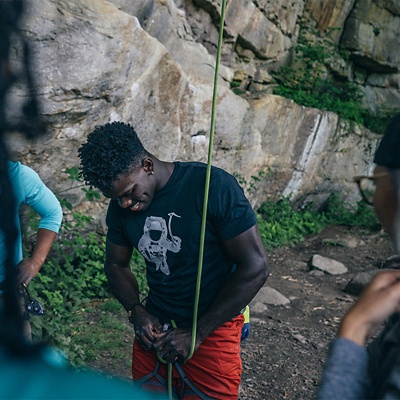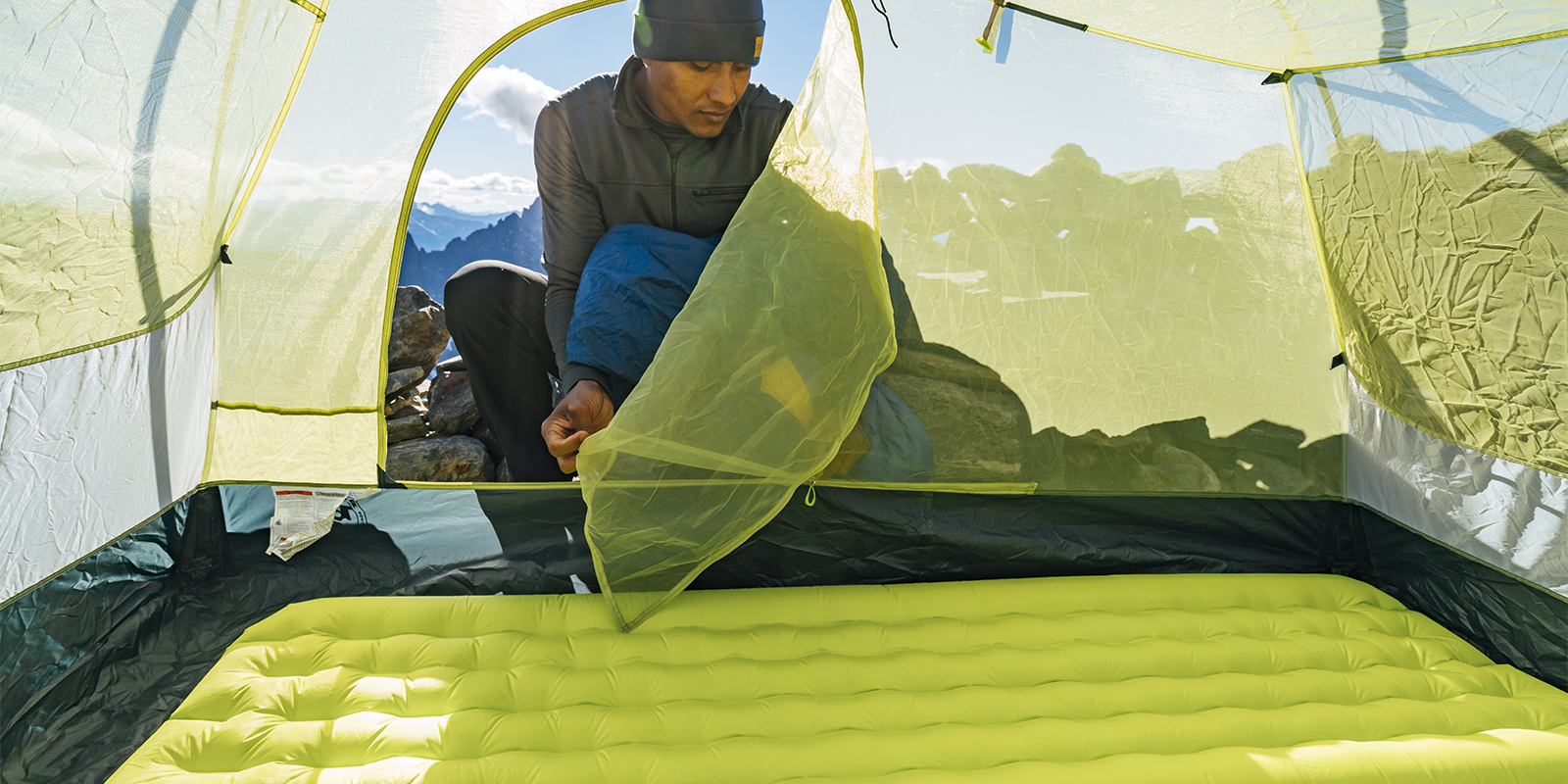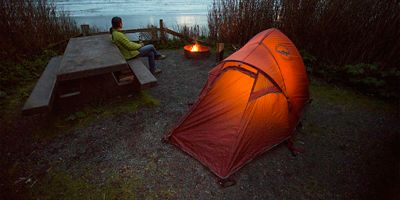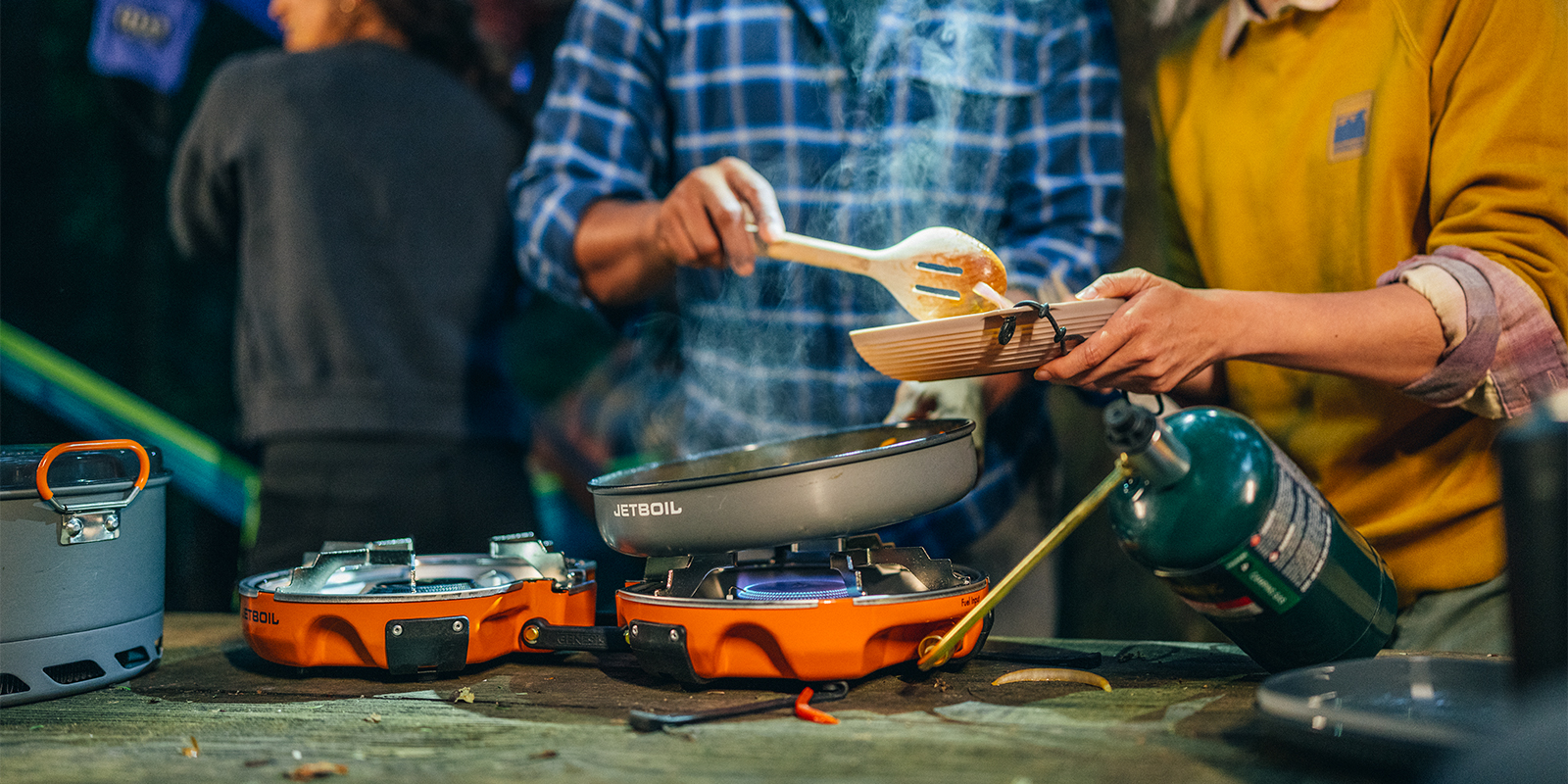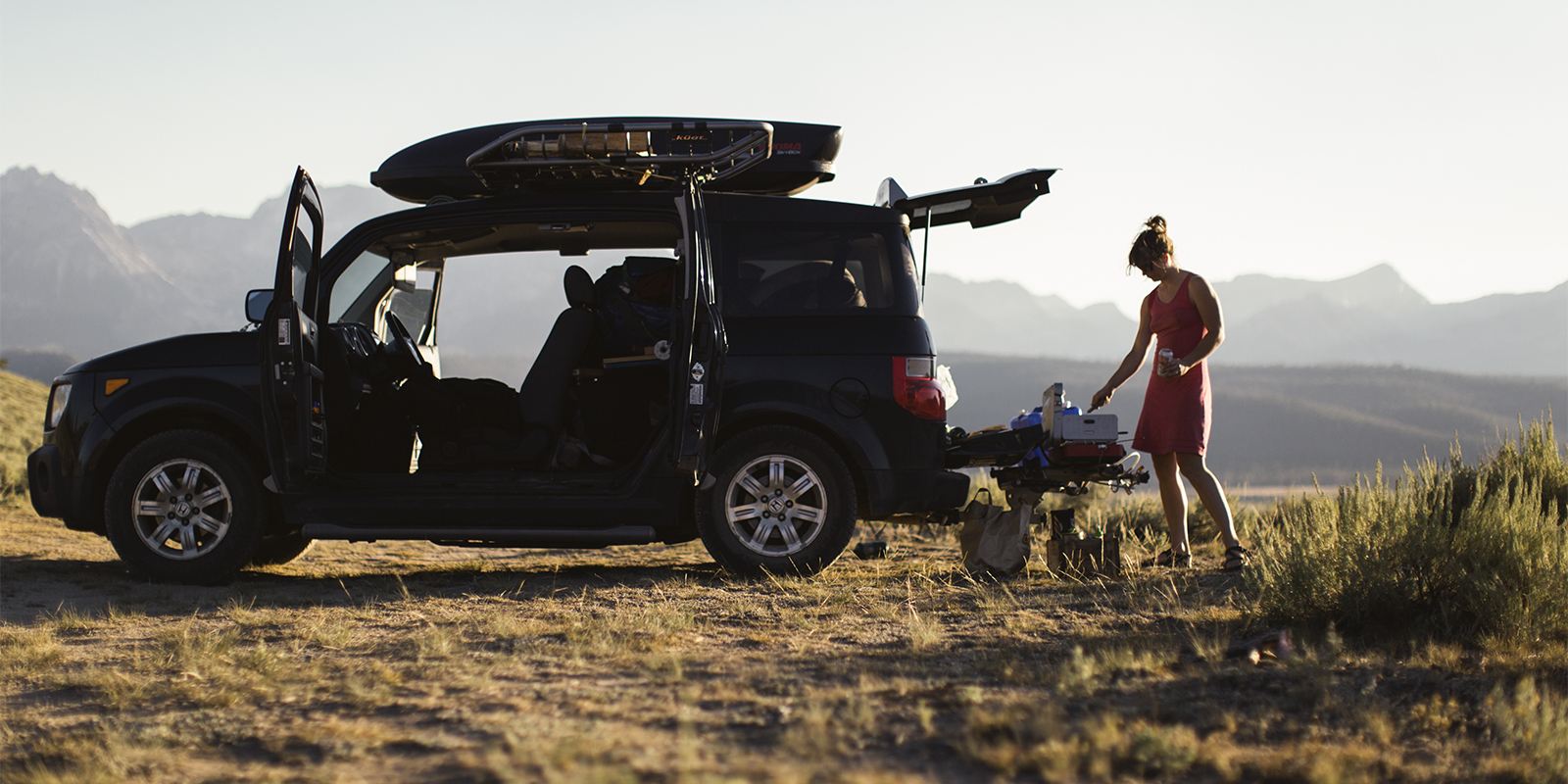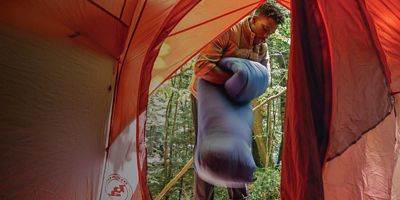When you first start climbing, it’s easy to get sucked into buying all the other stuff first. Sticky climbing shoes! A harness! Shiny new carabiners! And while you need all those things, you won’t get much further than the climbing gym floor without a solid belay device.
A belay device is the chunk of metal you feed the rope through. It creates bends in the rope and/or grips the line via a set of metal “teeth,” to create friction, which allows you to catch a climber when he or she falls. Rappel devices do the same thing, gripping the rope so you can descend it in a slow, controlled manner. Because most belay devices also work for rappelling, we’ll occasionally use the term “belay device” to refer to both.
There are several belay device types available, each with their own pros and cons. Choosing the best one for your needs starts with understanding how they work.
Here’s what this guide will cover:
- Belay Device Types
- Assisted Braking Belay Devices
- Tube-Style Belay Devices
- Semi-automatic tube-style devices
- The Best Belay Device for Beginners
- How to Choose a Belay or Rappel Device
Belay Device Types
The most common belay devicesBeB fall into one of two categories: Assisted-braking devices, which arrest climbing falls by “grabbing” the rope like a locking seatbelt, and tube-style devices, which use friction alone to catch a fall. There’s also a third belay device type that’s somewhere in between. These are sometimes called “passive assisted braking devices” or “semi-automatic tube-style devices,” and are somewhat less common.
Tube-Style Belay Devices
How they work: Tube-style devices like the Black Diamond ATC or Petzl Reverso are very similar to the original belay device which was simply a metal plate with two holes in it. To belay with a tube-style, or tubular device, simply pinch a small section of rope, feed the bend of it through one of the holes, and clip a locking carabiner through the loop that appears on the other side. (To rappel, repeat this for both sides of the rope, and clip your carabiner through both loops.) The bend creates friction, which allows you to hold the rope in place.
Pros and cons: Tube-style devices perform well on wet and icy ropes and accommodate a wide variety of rope diameters (check manufacturer recommendations before buying). They’re also lightweight, inexpensive, and very simple, which makes them easy to inspect for safety and easy to learn how to use. However, the simplicity means there’s no safety backup for belayers—if your belayer lets go of the rope for some reason, the device won’t engage in the event of a fall.
Rappelling Considerations: Tube-style devices are generally regarded as the safest for rappelling since they have two openings (rappelling on two strands of a rope is usually safer than rappelling on a single strand). Whenever you rappel with a tube-style device, use a friction-hitch as backup.
Guide mode: Some tube-style devices have extra metal loops on either end of the tube, which enables you to clip a carabiner into them to turn them into an “auto-blocking device,” which functions similarly to an assisted-braking device. This is called putting the device in “guide mode,” a useful but slightly more advanced technique for multi-pitch climbing.

